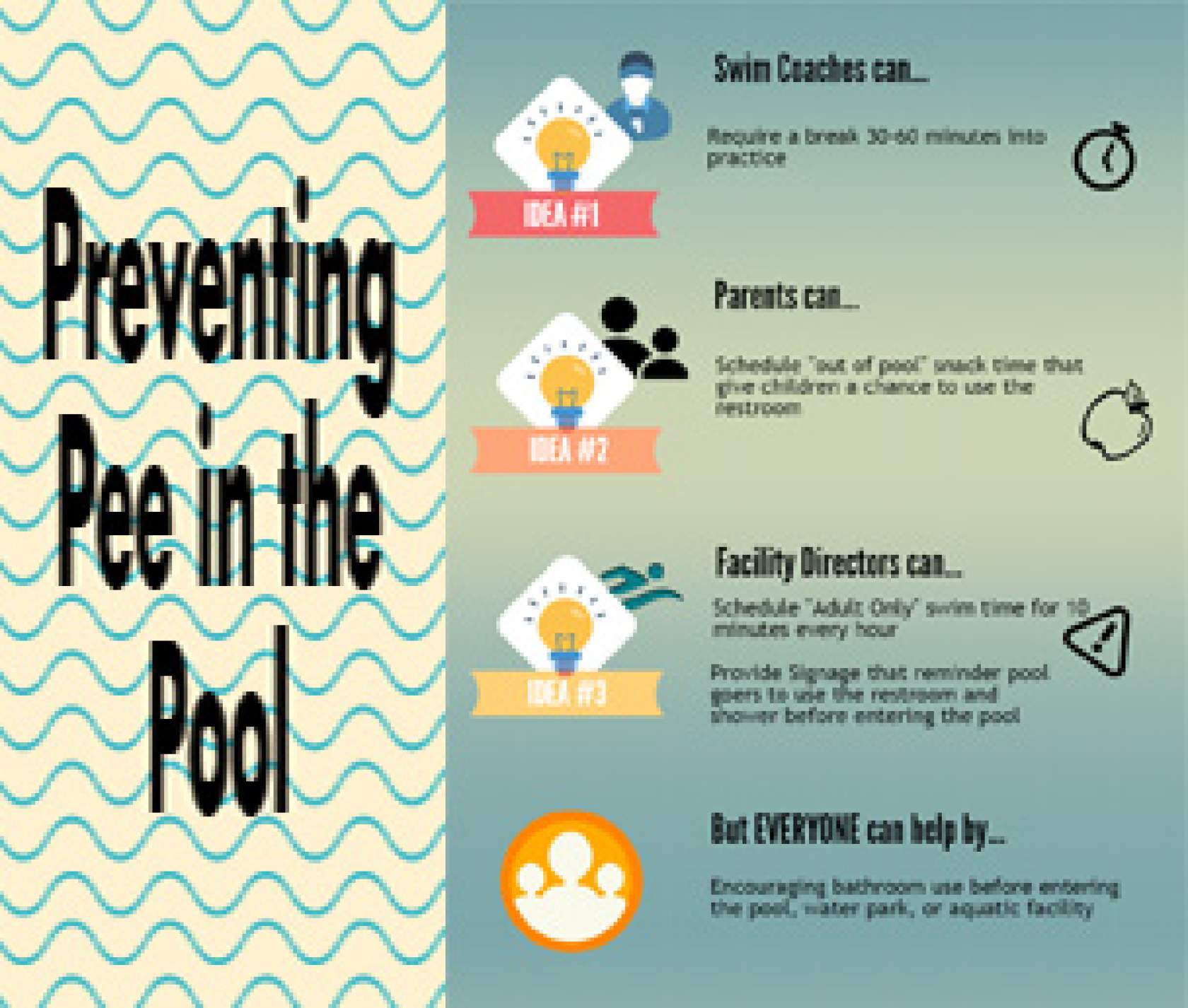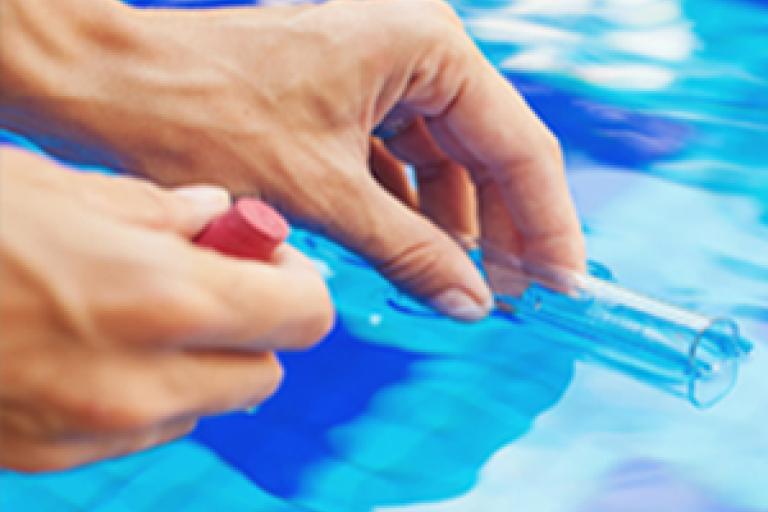Your local swimming pool may contain 75 litres of urine

A scientific report that found public pools may contain up to 75 litres of urine has sent the mainstream press into a flurry.
The report published in Environmental Science and Technology Letters was titled Sweetened Swimming Pools and Hot Tubs and was based on research conducted by Lindsay K. Jmaiff Blackstock, Wei Wang, Sai Vemula, Benjamin T. Jaeger, and Xing-Fang Li at the University of Alberta, Canada.
They studied more than 250 samples from 31 pools and spas in two Canadian cities looking for evidence of acesulfame-K (ACE), a stable synthetic sweetener found in products such as soft drinks.
They found that ACE showed in all samples, from 30 to 7110 ng/L, up to 570-fold greater than in the input tap water.
Finally, they determined the levels of ACE over three weeks in two pools (420,000 litres and 840,000 litres) and used the average ACE level to estimate the urine contribution as 30 litres and 75 litres respectively.
 DBF formation
DBF formation
This study clearly shows the human impact in pools and tubs. This work is useful for future studies of the human contribution to disinfection by products (DBP) formation, epidemiological assessment of exposure, and adverse health effects in recreational facilities.
As those in the pool industry know, the urine in itself is not the problem as much as when it combines with chlorine and other disinfectants to form DBPs including chloramines.
Australia wasn’t the only market horrified by these findings, but ABC radio in WA had the good sense to contact Dr Ernest R (Chip) Blatchley, who is well known to SPLASH! readers from our reporting of his presentations at the World Aquatic Health Conferences and elsewhere.
You can listen to Dr Blatchley's podcast here.
Advice from the NSPF
Meanwhile, The National Swimming Pool Foundation (NSPF), has issued recommendations to improve water and air quality by reducing urine in pools.
They say a few small changes by coaches, parents, and facility managers can prevent urine in the pool and that it is in their best interests: after all, the swimmers, parents, and coaches have the most to gain since they are the ones who are exposed to the water and breathing the air.
First, encourage showers and bathroom breaks before entering the water. It is important to recognise that being submerged in water stimulates the body to create more urine. There are other simple ways for coaches, parents, and facility managers to reduce urine in the pool.
Swim Coaches should require a bathroom break 30-60 minutes into the practice. For example, it takes about 40 minutes in the water for a person to feel the need to urinate. A short break that borders this time frame will reduce peeing in the pool.
Parents should schedule an “out of pool” time for a snack, sunscreen, and a bathroom break every 30-60 minutes.
Facility Managers should consider two ways to prevent pee in the pool. First, schedule short breaks to encourage people to exit the water. For example, a 10-minute “adult only” swim time or an out-of-pool activity every hour encourages people to exit the pool and use the bathroom. Second, post signage that suggests using the bathroom and showering before getting into the pool.
Further, they say that because one report suggests we should fear urine in the pool, people of all ages should continue to enjoy the wonder of water.Immersion and water activity can reduce lower-back pain, blood pressure, and arthritis symptoms, and improve mental and physical health. Recent science has shown that even the sight of water can improve your mood.




